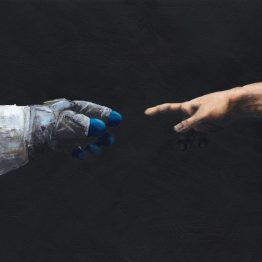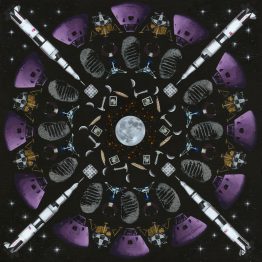Description
The X-Planes are experimental aircraft used to test the most advanced technologies and aerospace engineering concepts of their time. The Bell X-1 was the first aircraft to break the sound barrier (Mach 1) in level flight when it was piloted by Chuck Yeager in 1947, less than 44 years after the first ever powered flight by the Wright Brothers. Yeager was just 24 when he achieved supersonic flight in the X-1.
The Bell X-2 “Starbuster” pioneered the use of throttleable rocket engines, and was designed to test improved control and stability at speeds exceeding Mach 3. Jean “Skip” Ziegler was the first test pilot of the X-2, but was killed as a result of an in-flight explosion in 1953. Test pilot Milburn G. Apt became the first person to fly at three-times the speed of sound during a flight of the X-2 in September 1956, but tragically lost control of the aircraft and lost his life in a fatal crash. Both men are highlighted with a star on X-stasy. Only two other pilots flew the ill-fated X-2; Frank K. “Pete” Everest and Iven C. Kincheloe.
Douglas manufactured the X-3 “Stiletto” and it was first piloted in 1952 by William B. “Bill” Bridgeman. It was underpowered and was not able to achieve supersonic flight, but was instead used to test the large-scale use of titanium in airframes and a new trapezoidal wing shape. There were only three further pilots of the X-3; Frank Everest, Chuck Yeager, and Joseph A. Walker.
The Northrup X-4 “Bantam” was designed without horizontal tail surfaces in the hope that there would be improved stability at higher speeds, but had limited success. Its first flight was in 1948 by Northrup test pilot Charles Tucker, and a total of 81 flights were made (the last being in 1953). The first eight test pilots of the X-4 are included on X-stasy, including Chuck Yeager.
The first aircraft capable of changing the sweep of its wings during flight was the Bell X-5. The aircraft had a number of problems but the “swing wing” design proved a useful way to allow an aircraft to fly well at a range of speeds. The concept was successfully incorporated in future aircraft designs, such as the F-14 Tomcat. Only two X-5s were built, and one was lost with its pilot Ray Popson in 1953 when it failed to recover from a spin. All nine test pilots of the X-5 feature on X-stasy, the last of whom was Neil Armstrong.
Last but not least is the mighty X-15; the world’s first spaceplane. It still holds the record for the highest speed ever recorded by a crewed, powered aircraft when William J. Knight flew at 4,520 miles per hour at a height of 102,100 feet. There were a total of 12 test pilots of the X-15, eight of whom exceeded the altitude of 50 miles thus granting them their astronaut wings. Scott Crossfield piloted both the first glide flight and the first powered flight of the X-15 in 1959. Test pilot Michael J. Adams was tragically killed in 1967 when his X-15 couldn’t recover from a spin at hypersonic speeds. The initials of all 12 X-15 pilots are included on X-stasy, which notably include astronauts Neil Armstrong and Joe Engle (who later flew the Space Shuttle orbiter). Adams is marked with a star.
X-stasy – Giclée print, individually signed by the artist.



